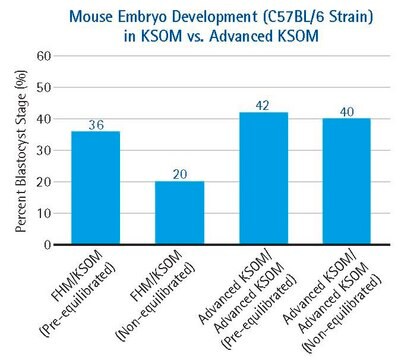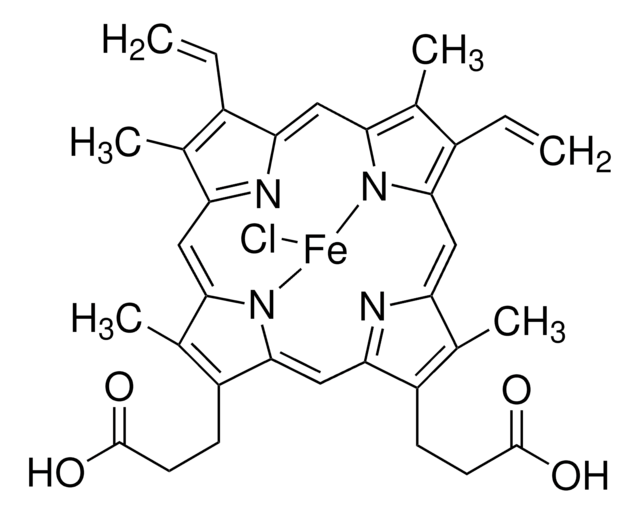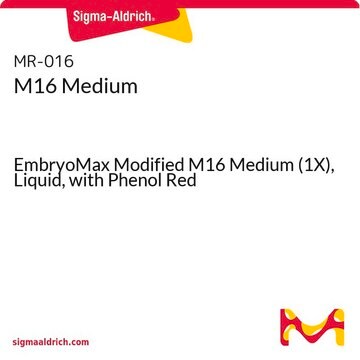Wichtige Dokumente
M7292
M16-Medium
With sodium bicarbonate and lactic acid, without penicillin and streptomycin, liquid, sterile-filtered
Synonym(e):
Cell Culture Medium, Cell Culture Medium M16, M16 Medium Solution
About This Item
Empfohlene Produkte
Qualitätsniveau
Sterilität
sterile-filtered
Form
liquid
Methode(n)
cell culture | embryo: suitable
Verunreinigungen
endotoxin, tested
Komponenten
NaHCO3: 2.101 g/L
phenol red: 0.0106 g/L
sodium pyruvate: 0.0363 g/L
glucose: 1.0 g/L (Dextro)
Versandbedingung
ambient
Lagertemp.
2-8°C
Anwendung
Qualität
Rekonstituierung
Hinweis zur Analyse
Ähnliches Produkt
Lagerklassenschlüssel
12 - Non Combustible Liquids
WGK
WGK 1
Flammpunkt (°F)
Not applicable
Flammpunkt (°C)
Not applicable
Hier finden Sie alle aktuellen Versionen:
Besitzen Sie dieses Produkt bereits?
In der Dokumentenbibliothek finden Sie die Dokumentation zu den Produkten, die Sie kürzlich erworben haben.
Kunden haben sich ebenfalls angesehen
Artikel
Mouse embryo media and embryo validated reagents for transgenic mouse embryo culture
Protokolle
Creating Transgenic Mice using CRISPR-Cas9 Genome Editing
Unser Team von Wissenschaftlern verfügt über Erfahrung in allen Forschungsbereichen einschließlich Life Science, Materialwissenschaften, chemischer Synthese, Chromatographie, Analytik und vielen mehr..
Setzen Sie sich mit dem technischen Dienst in Verbindung.












